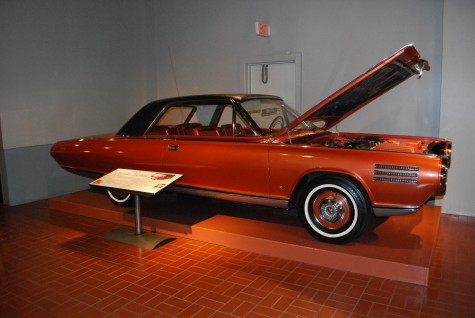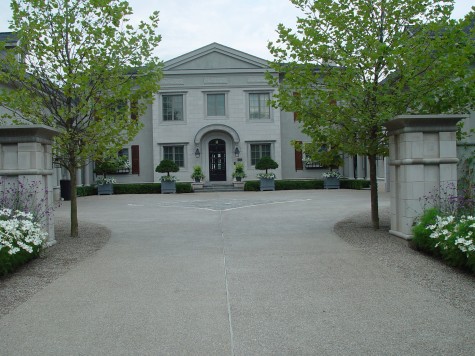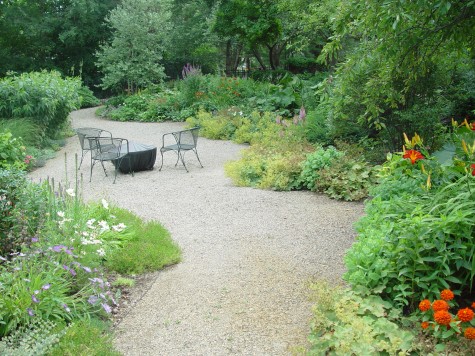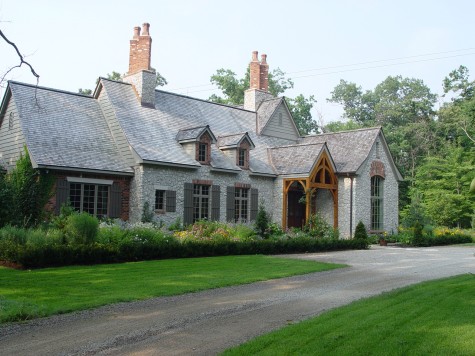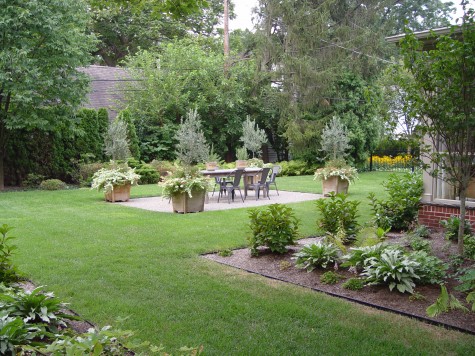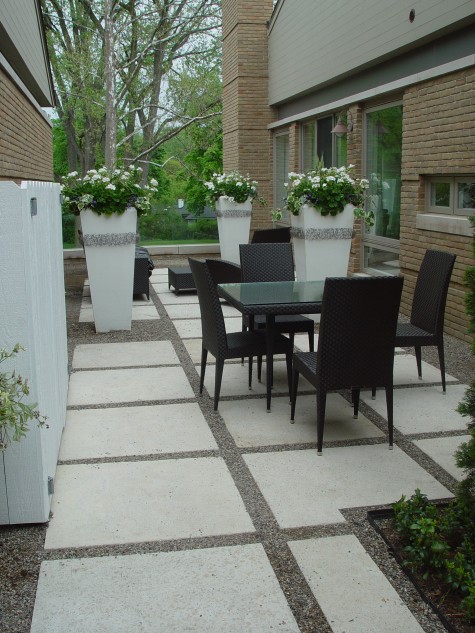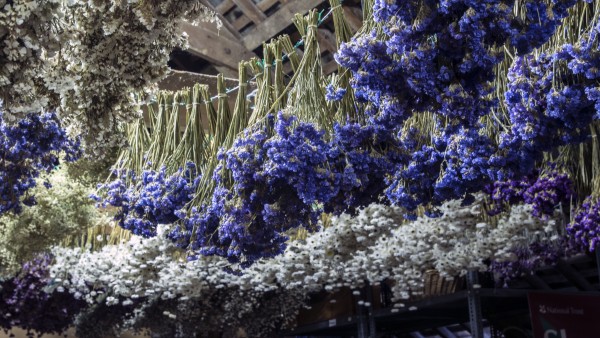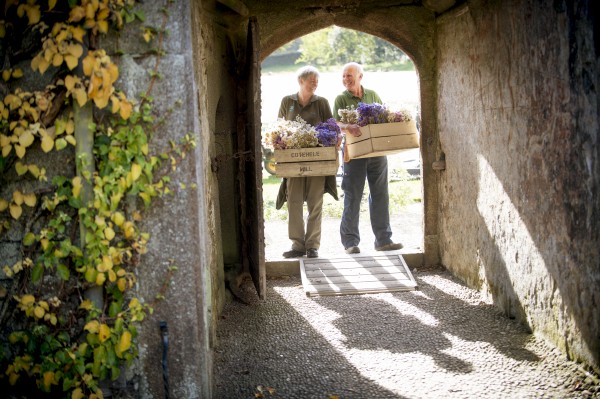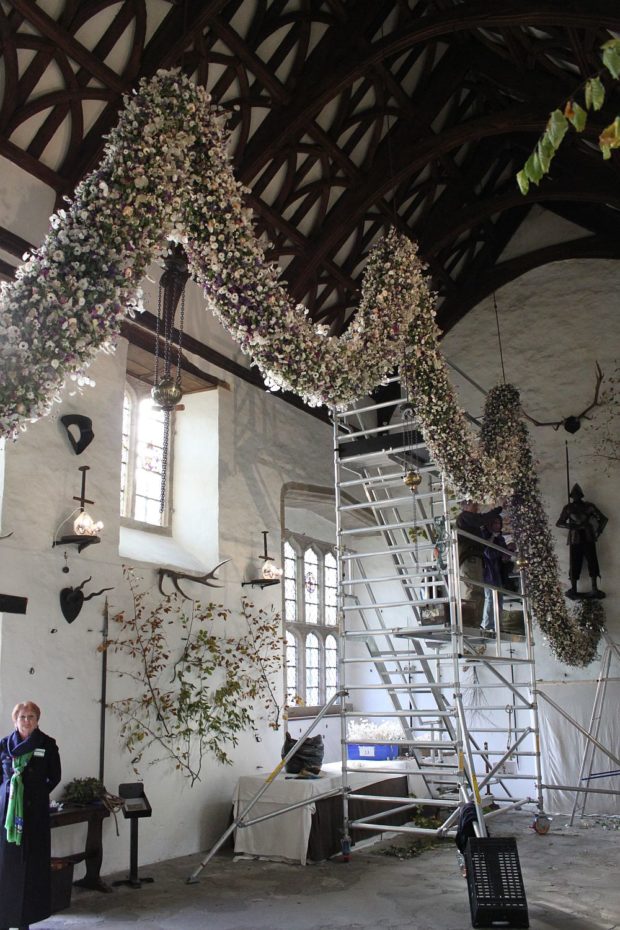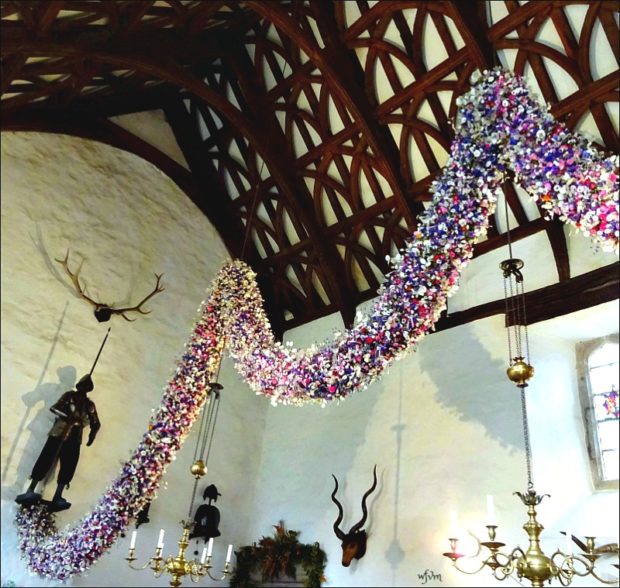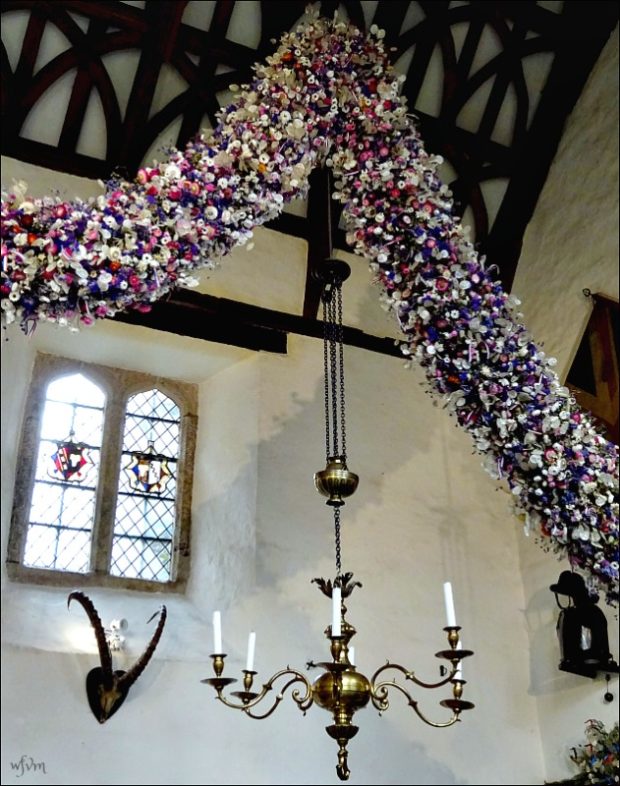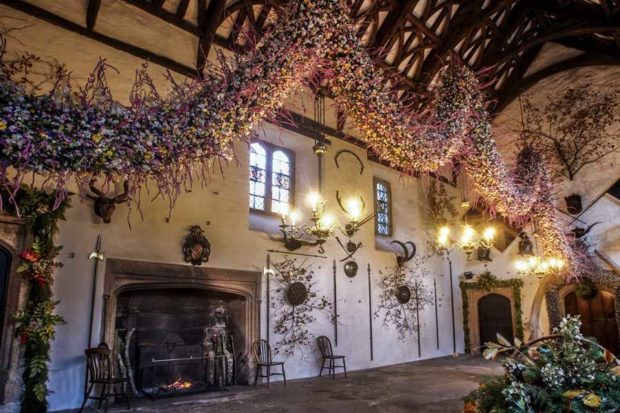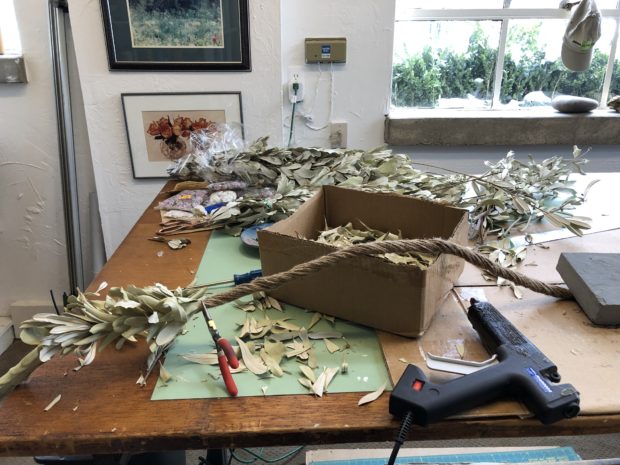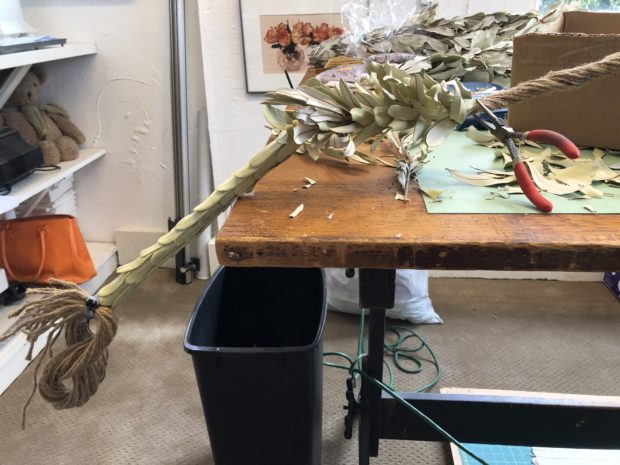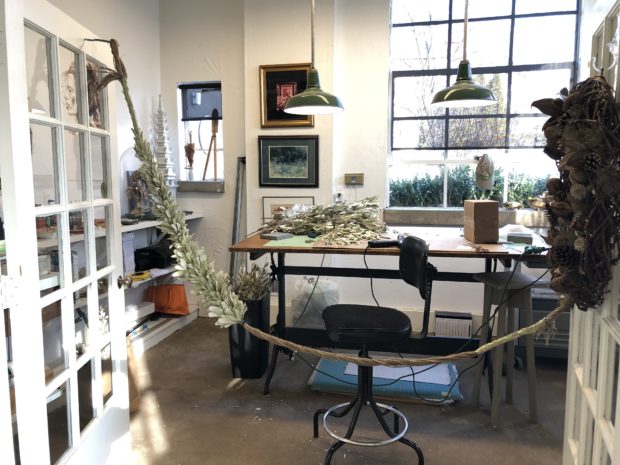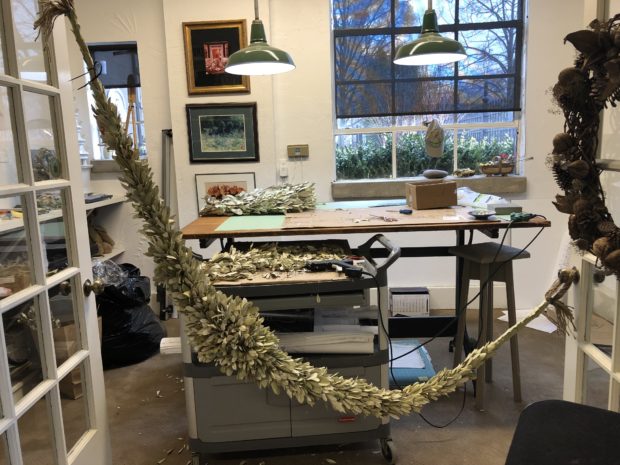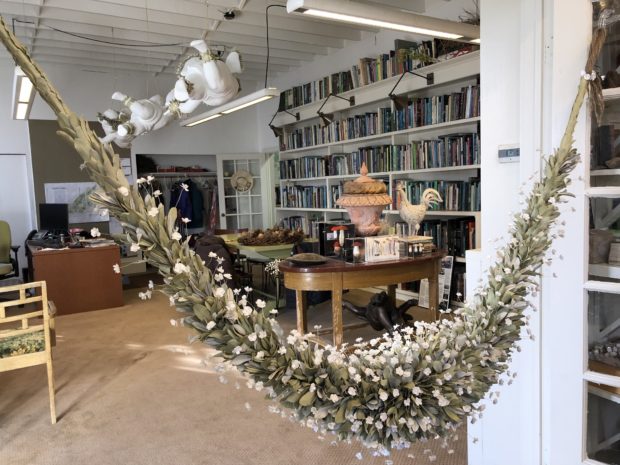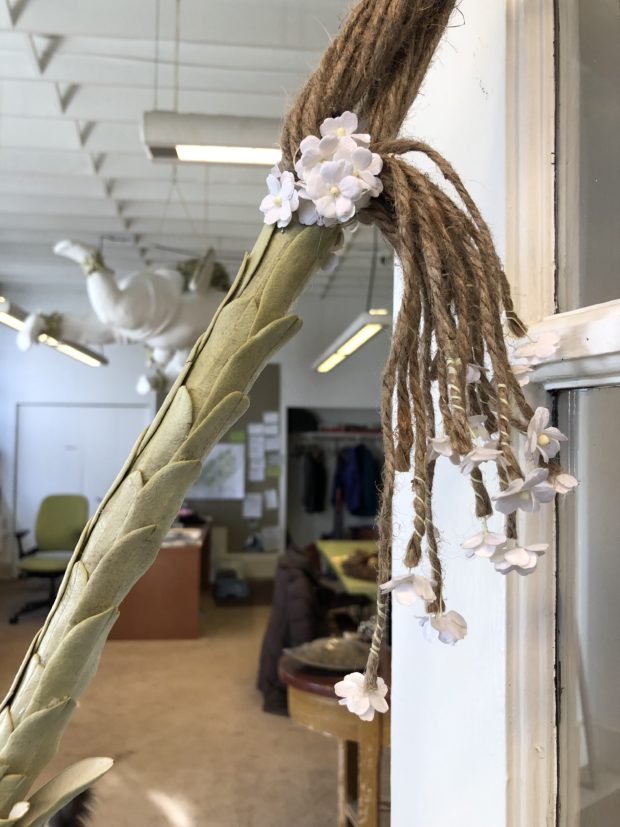The last stop, on my 4th of July holiday overnight? A visit to the Gilmore Car Museum in Hickory Corners Michigan. Don’t forget, Buck was on this trip too. As any machine that moves and moves fast is of great interest to him, our friends knew he would really enjoy it. I am a Detroit girl, so of course I like cars-but I was not really prepared for what I saw.
 There are over 200 cars in this privately maintained collection. All of the details of how Donald and Genevieve Gilmore came to collect cars, and then open this museum can be accessed via their website- www.gilmorecarmuseum.org. Situated on 90 acres of land, there are 10 restored or reproduction old barns, all maintained in pristine condition.
There are over 200 cars in this privately maintained collection. All of the details of how Donald and Genevieve Gilmore came to collect cars, and then open this museum can be accessed via their website- www.gilmorecarmuseum.org. Situated on 90 acres of land, there are 10 restored or reproduction old barns, all maintained in pristine condition.
 They house all manner of motorized vehicles, each one a visual treat. Most of them I had never seen before. Though their forms were incredibly varied, all of them had one thing in common. They were sculpturally interesting objects in their own right. I cannot imagine the design skill, thought, ingenuity, inventiveness and science that went into the manufacture of these objects. So many different fields of expertise are represented in each vehicle; many people and many processes had to come together in a very precise way. It is equally as amazing that these vehicles were made in numbers. This museum is a visual education in the history of the automotive industry.
They house all manner of motorized vehicles, each one a visual treat. Most of them I had never seen before. Though their forms were incredibly varied, all of them had one thing in common. They were sculpturally interesting objects in their own right. I cannot imagine the design skill, thought, ingenuity, inventiveness and science that went into the manufacture of these objects. So many different fields of expertise are represented in each vehicle; many people and many processes had to come together in a very precise way. It is equally as amazing that these vehicles were made in numbers. This museum is a visual education in the history of the automotive industry.
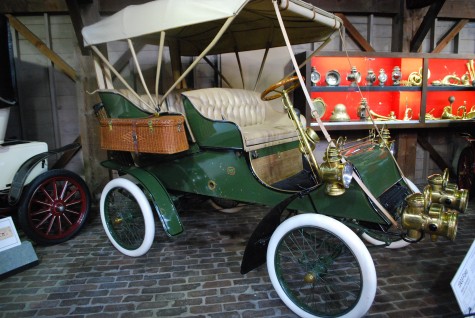 This model A Ford was dated 1903. But for a few dings in the paint on one side panel, it looked brand spanking new. The woven wicker baskets on each side-gorgeous. I don’t have much to say about the individual vehicles, as I know so little about them, but I did have my favorites.
This model A Ford was dated 1903. But for a few dings in the paint on one side panel, it looked brand spanking new. The woven wicker baskets on each side-gorgeous. I don’t have much to say about the individual vehicles, as I know so little about them, but I did have my favorites.
1963 Chrysler turbine
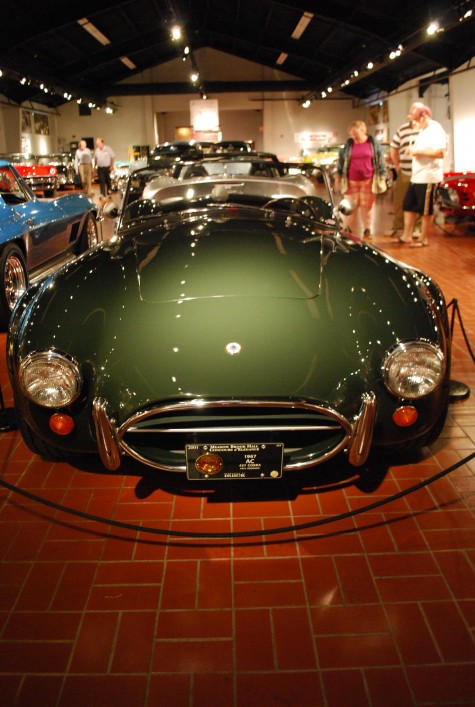 Ford Cobra, courtesy of Carroll Shelby
Ford Cobra, courtesy of Carroll Shelby
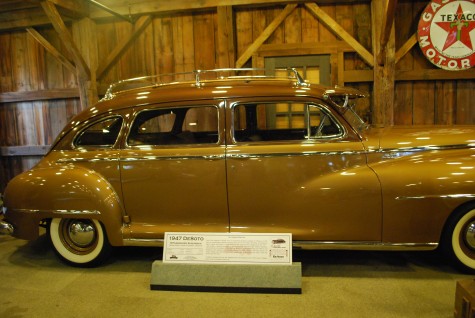 This 1947 DeSoto was my favorite.
This 1947 DeSoto was my favorite.
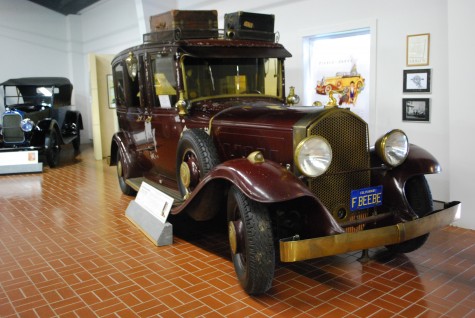
This was an in depth look at a uniquely American phenomena, and an appropriate way to spend a few hours in celebration of Independence Day.
The grounds were every bit as uniquely American style as the automobiles. The museum sits on a giant tract of land. As far as I could see, mowed grass, and a few maturing shade trees-mostly sycamores.
 This is a vast landscape, mostly devoted to wide open spaces.
This is a vast landscape, mostly devoted to wide open spaces.
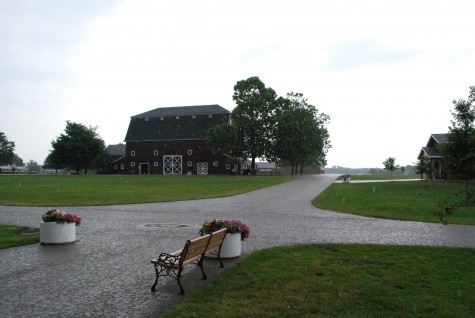 It poured hard for 20 minutes while we were there; what a pleasure to watch the rain.
It poured hard for 20 minutes while we were there; what a pleasure to watch the rain.
